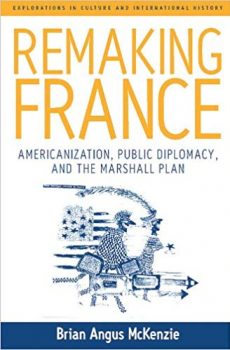WINNER OF THE 2014 SEYMOUR MEDAL sponsored by the Society for American Baseball Research and finalist for 2014 SABR Larry Ritter Award
Though his pitching career lasted only a few seasons, Howard Ellsworth “Smoky Joe” Wood was one of the most dominating figures in baseball history—a man many consider the best baseball player who is not in the Hall of Fame. About his fastball, Hall of Fame pitcher Walter Johnson once said: “Listen, mister, no man alive can throw harder than Smoky Joe Wood.”
Smoky Joe Wood chronicles the singular life befitting such a baseball legend. Wood got his start impersonating a female on the National Bloomer Girls team. A natural athlete, he pitched for the Boston Red Sox at eighteen, won twenty-one games and threw a no-hitter at twenty-one, and had a 34-5 record plus three wins in the 1912 World Series, for a 1.91 ERA, when he was just twenty-two. Then in 1913 Wood suffered devastating injuries to his right hand and shoulder that forced him to pitch in pain for two more years. After sitting out the 1916 season, he came back as a converted outfielder and played another five years for the Cleveland Indians before retiring to coach the Yale University baseball team.
With details culled from interviews and family archives, this biography, the first of this rugged player of the Deadball Era, brings to life one of the genuine characters of baseball history.





















